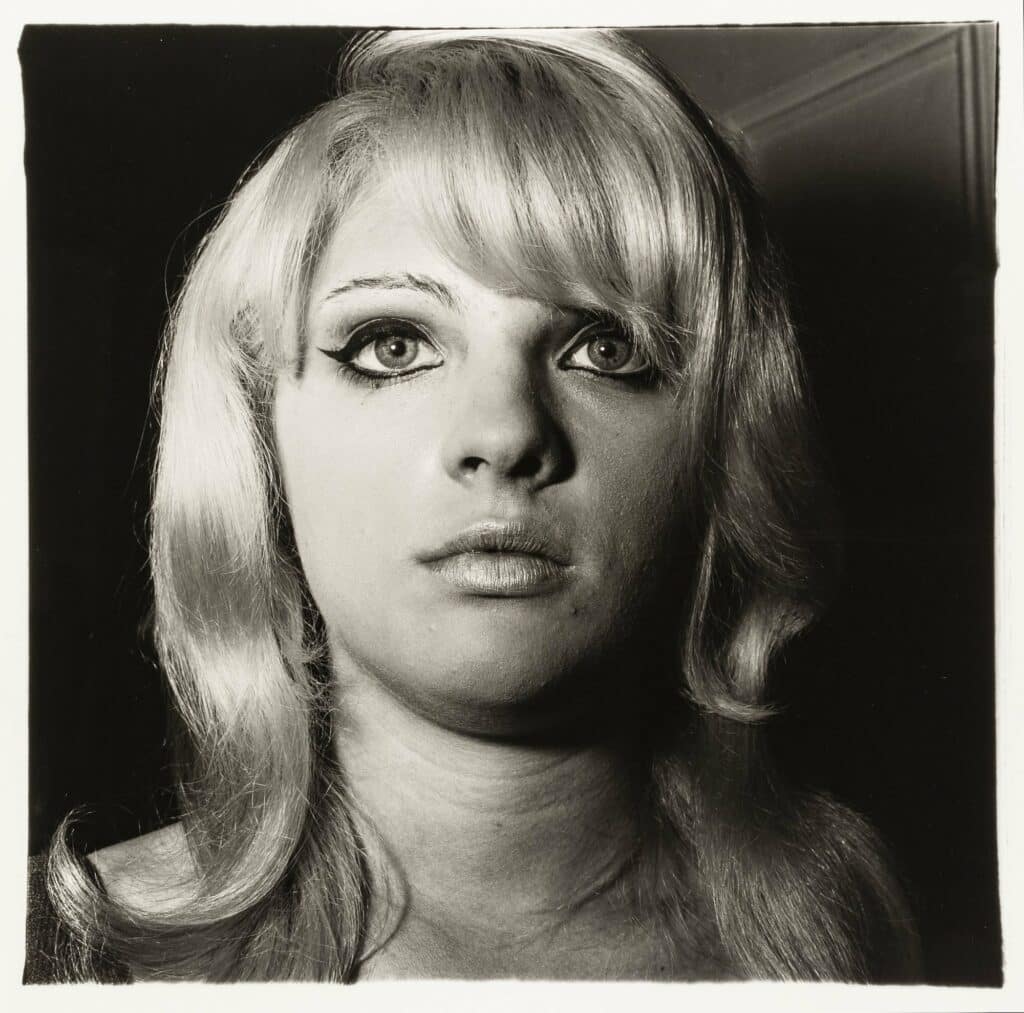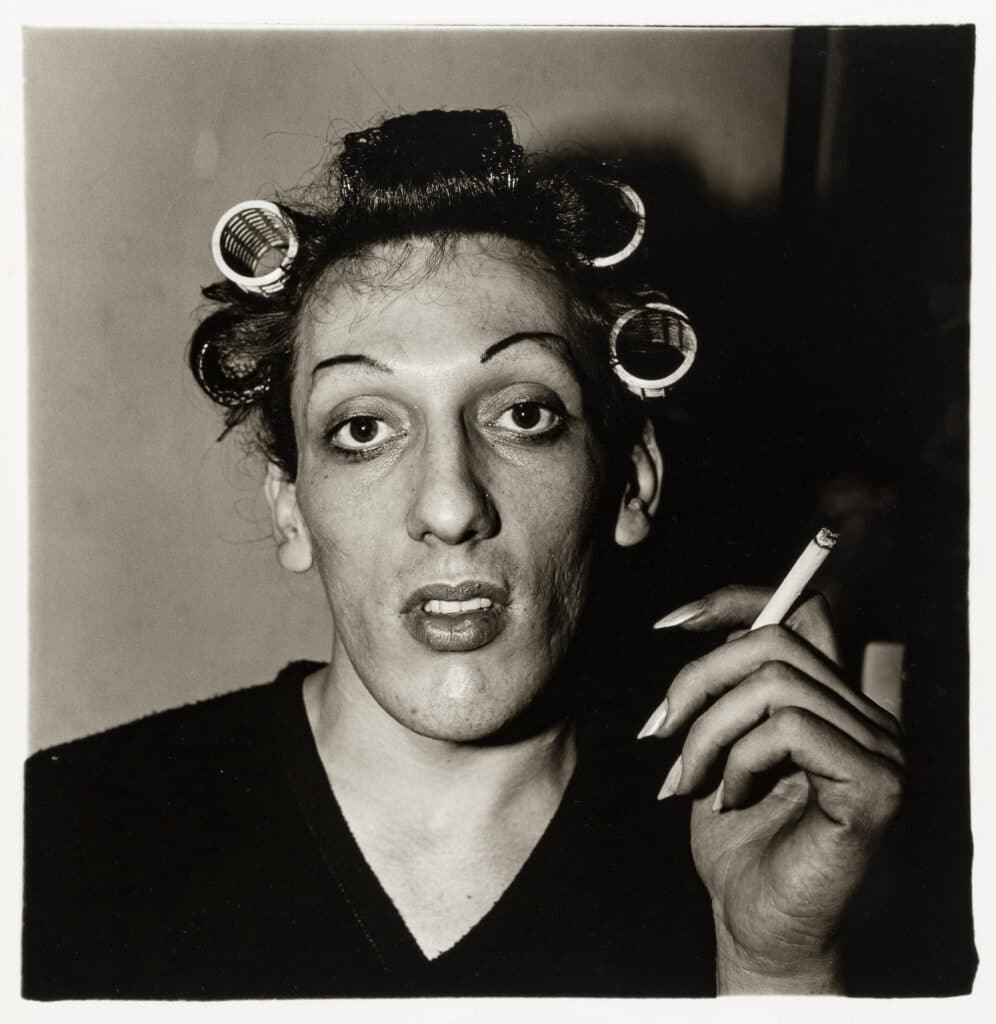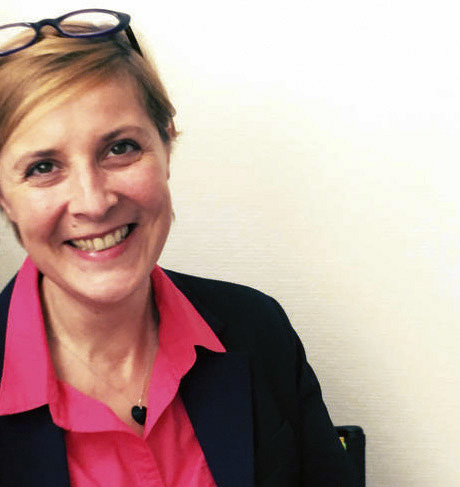The prints by the artist, who would be celebrating her 100th birthday this year, were acquired by the Foundation in 2011. She had hand-picked nearly all the images herself, apart from twenty or so chosen by her daughter, and considered them to be her most iconic work.
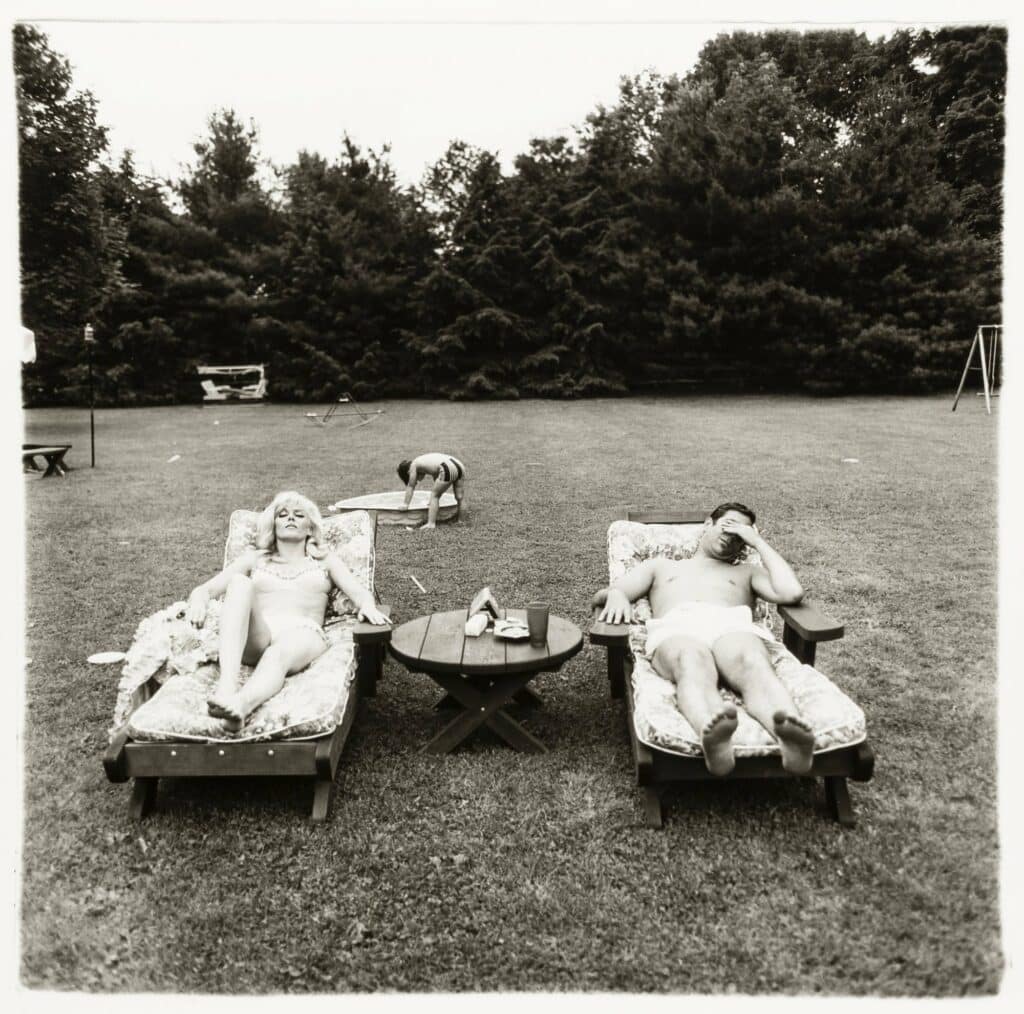
“Dating from the 1970s to 2000, the prints were produced by Neil Selkirk, the only person authorized to print Diane Arbus’s negatives since her death,” explains exhibition curator Matthieu Humery. He also heads the “Living Archives” program at LUMA Arles, which in 2019 organized the impressive exhibition of 3,000 images by Annie Leibovitz.
Equally spectacular, the Diane Arbus exhibition is an immersion in the work of an American artist recognized as one of the great portrait photographers of the twentieth century. Yet recognition came only after her death by suicide in 1971 at the age of 48. Strange as it may seem today, Arbus hardly made a living from her work. Dating from the mid-1950s, the earliest images on display correspond to the period when she embarked on her solo career, having first collaborated with her husband Allan.
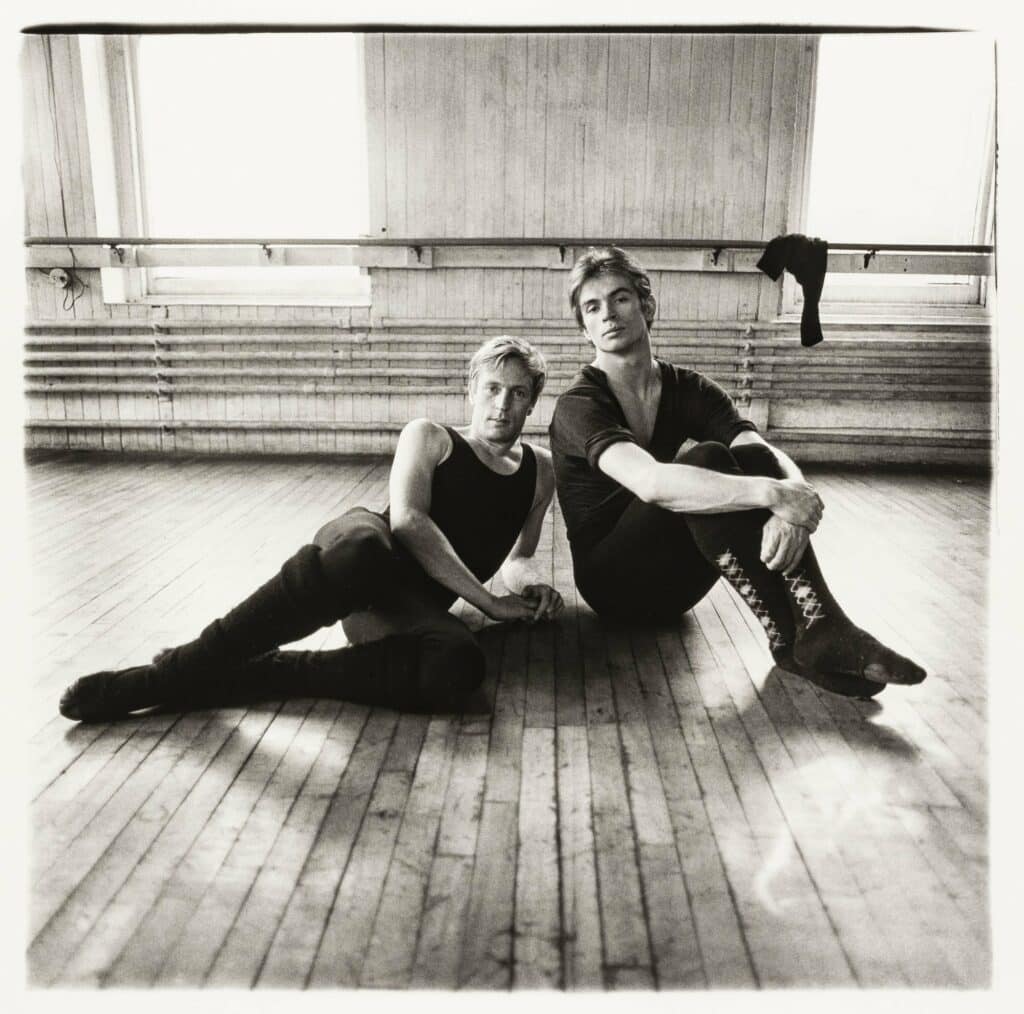
It was during these years that she took classes with Lisette Model. In the early 1960s, she switched to Rolleiflex 6×6, and the square format became an integral part of her work, as evidenced by her most famous images: the Child with a Toy Hand Grenade in Central Park, the Identical Twins, the Boy with a Straw Hat, the Jewish Giant at Home with his Parents, the Young Ma in Curlers, the Puerto Rican Woman with a Beauty Mark, etc.
The term “installation” is apt to describe the exhibition’s highly original scenography. The itinerary is neither chronological nor thematic, “but leaves room for chance and allows a direct, unfiltered relationship with the work,” claims Humery. He compares this approach to the way Arbus worked, walking the streets of New York in search for models. A sort of portrait of the photographer, then. Branching out from the center of a large 1,000 sq. meter room, a maze of some thirty metal frames supports the prints scattered at different levels throughout the space, inviting the viewer to get lost, to wander, and retrace their steps.
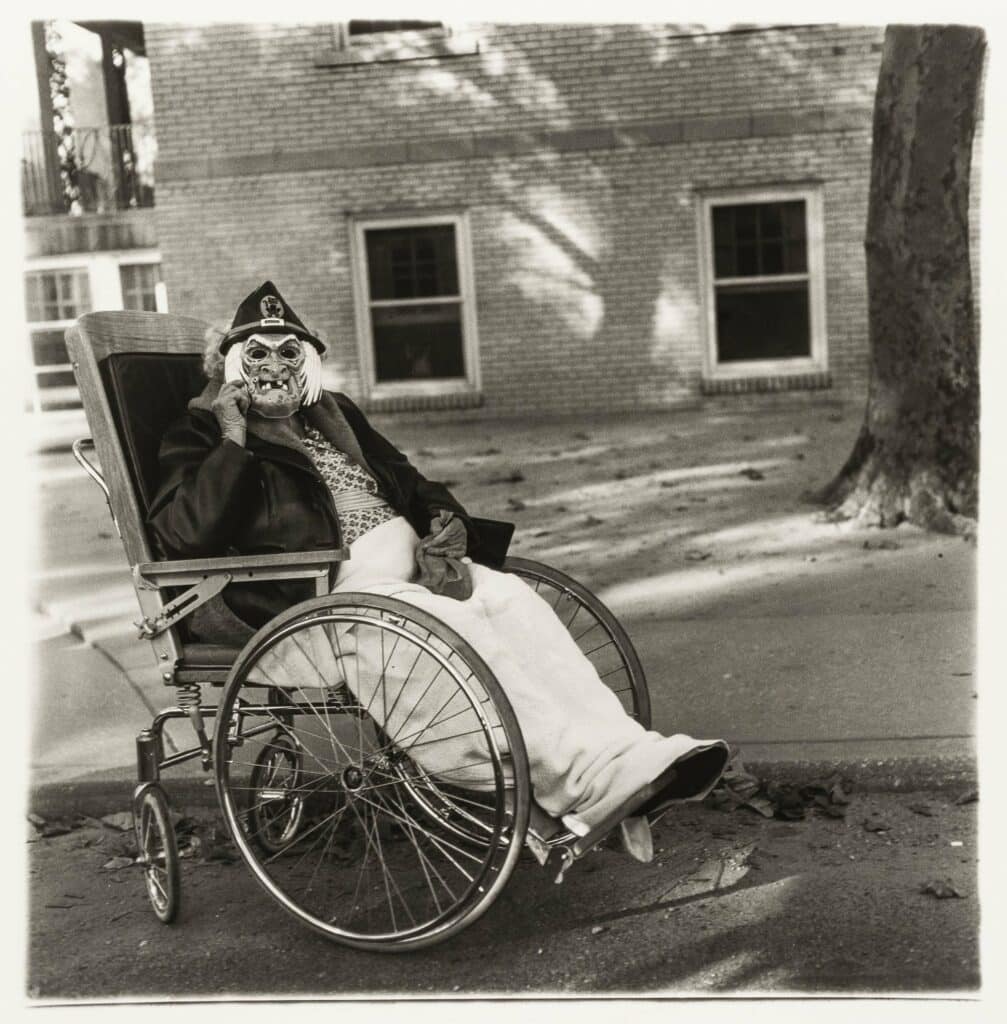
Above all, the exhibition has the merit of showing the many facets of the American artist’s work, including some lesser-known aspects. For example, a third of the images are rectangular, including a self-portrait in which she appears pregnant, and portraits of celebrities such as Marcel Duchamp and Norman Mailer. Equally surprising is a bird’s-eye portrait, a format she used to capture her models head-on.
While we know that she often photographed outcasts, freaks, people of short stature, the handicapped, etc., the exhibition also reveals social images in the vein of Lewis Hine, like the interiors of African American homes taken in South Carolina in 1968, or the Red Stockings, a radical feminist group, in Boston in 1969. Other curiosities: the (rare) landscapes are mostly decoys, such as a wallpaper in a New York building lobby in 1966, or a castle at Disneyland in California in 1962, in other words, stage sets. Diane Arbus is not one artist; she is a constellation.
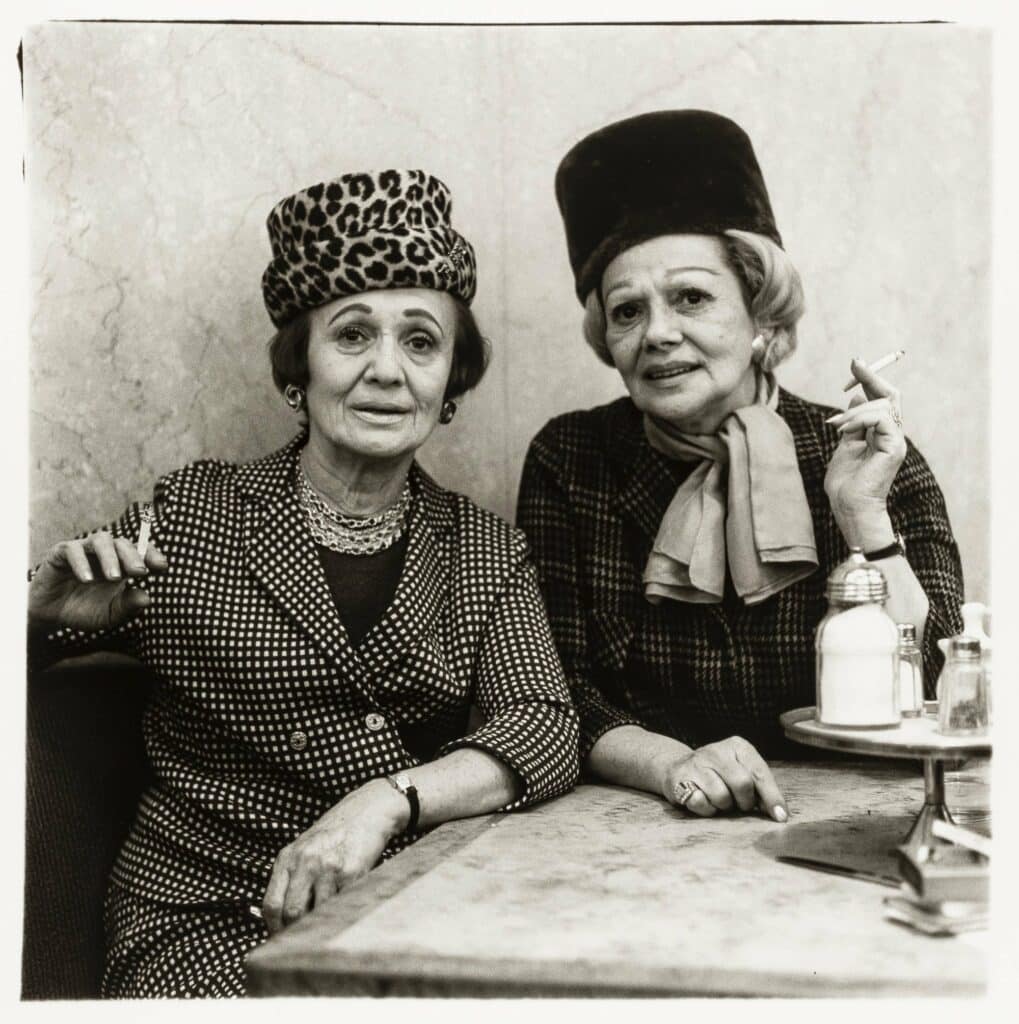
Diane Arbus Constellation, La Tour, Galerie principale, LUMA Arles, 35, avenue Victor Hugo, 13200 Arles.
Scheduled until September 24, 2023, the exhibition is due to be extended until spring 2024.

